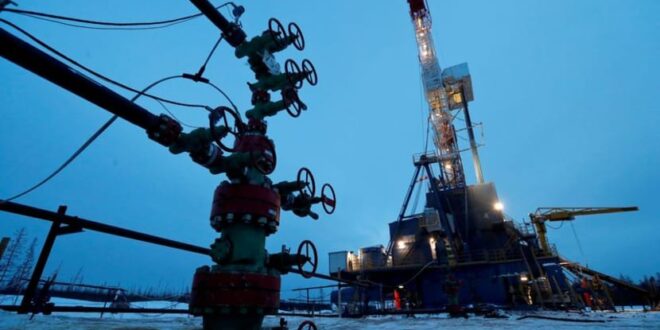Chinese refiners are ramping up purchases of Russia’s Urals crude–the mainstay of India’s Russian oil imports–leading to competition between the two Asian neighbours, which, among other factors, could result in New Delhi’s oil imports from Moscow peaking as early as this month.
In April, India’s import of Russian crude set a new record of 1.68 million barrels per day (bpd), accounting for 36.4 per cent of India’s total oil imports of 4.61 million bpd for the month, according to data provided by energy cargo tracker Vortexa.
In fact, India’s Russian oil imports in April were higher than the combined volumes supplied by traditional heavyweights Iraq and Saudi Arabia, which used to be the top two oil suppliers to India before Russia dethroned them to become India’s top source of oil. Indian refiners imported a cumulative 1.48 million bpd of crude oil from Iraq and Saudi Arabia in April.
But India is now testing the limits of Russian oil imports, experts believe. “India’s imports of Russian crude in April have set a new record once again, but the month-on-month increase has slowed and could possibly be peaking this month. Increased competition for Urals from China will likely put a lid on upsides to India’s imports of Russian crude,” said Serena Huang, head of Asia-Pacific analysis at Vortexa.
Urals accounted for 73.6 per cent of India’s Russian oil imports in April. India’s import of Urals–a medium-sour grade of crude–appears to have plateaued, indicating a soft limit on India’s ability to purchase more of this crude, given refiners’ purchase commitments for sour grades under term contracts with traditional suppliers. West Asian nations have been major suppliers of sour crudes to India, and a significant share of these supplies are under annual term contracts that have minimum purchase commitments. However, most of the Russian oil is being bought on spot basis. This means that the extent to which Urals can replace other sour crudes is limited by minimum offtake commitments under the term contracts.
To add to that, China has significantly stepped up Urals imports over the last couple of months. The share of Urals in China’s import of Russian oil was between 5.7 per cent and 8 per cent in the December-February period. However, it shot up to 27.5 per cent in March and 37.4 per cent in April, an analysis of the Vortexa data shows. In April, China imported around 1.30 million bpd of Russian oil, which included 486,000 bpd of Urals crude.
“The Chinese refiners were initially hesitant to purchase Russian Urals after the EU (European Union) ban to avoid potential negative repercussions. But in February, several (Chinese) state-owned refiners were reportedly given the green light to purchase Russian Urals on a delivered basis, which protects them against any risks associated with shipping and insurance. This in turn gave other (Chinese) refiners confidence to start buying Russian Urals as well, leading to a sharp rise in Urals imports in March and April,” Huang said.
The EU banned import of Russian seaborne crude in December, and along with its major Western allies, imposed a price cap of $60 per barrel.
The price cap prohibits Western shippers and insurers from getting involved in trade of Russian oil if it trades above $60 per barrel. Indian refiners started snapping up Russian oil soon after the war in Ukraine broke out, as Moscow began offering discounts. From less than 1 per cent before the war in Ukraine, the share of Russian crude in India’s oil import basket shot up to over a third in the past 14 months or so.
One way for Indian refiners to further step up Russian oil imports would be by increasing import of sweeter grades of crude. In fact, the share of sweeter or low-sulphur crudes has seen an increase in India’s Russian oil imports in recent months. However, increasing it further could be fraught with challenges and complexities related to payments and Western sanctions. This is because sweet crudes are generally more expensive than sour crudes, and are likely to be priced above the West’s $60 price cap. Urals, on the other hand, has mostly traded below the price cap since December.

 Iran Energy News Oil, Gas, Petrochemical and Energy Field Specialized Channel
Iran Energy News Oil, Gas, Petrochemical and Energy Field Specialized Channel



